Types of textile fibers – list of textile fibers by its sources
A comprehensive textile fabric names by fiber sources
Fiber is a fine hair-like structure and is considered the raw materials of textiles. The fiber is extracted from various sources for commercial use. In addition to obtaining from animals, plants, and minerals, many of the fibers are artificially generated as well. Here is a list of most commonly used textile fibers.
Plant/Vegetable/Cellulosic Fibers
Natural plant fibers are cell walls that occur in the stem, wood, and leaf parts and are comprised of cellulose, hemicelluloses, lignins and aromatics, waxes and other lipids, ash and water-soluble compounds attached in a specific way. Plant fibers are classified into two groups: soft fibers and hard fibers.
Plant Seed Fibers
-
Cotton Fiber
![Cotton Plant]() Cotton is a vegetable fiber which surrounds the seeds of the cotton plant, a shrub in the Malvaceae family. The fiber is generally transformed into yarn which is woven to manufacture fabrics. Cotton has been used for millennia in the confection of fabric, with the earliest known use dating from 12,000 years B.C. in Egypt.
Cotton is a vegetable fiber which surrounds the seeds of the cotton plant, a shrub in the Malvaceae family. The fiber is generally transformed into yarn which is woven to manufacture fabrics. Cotton has been used for millennia in the confection of fabric, with the earliest known use dating from 12,000 years B.C. in Egypt.Classification is used to determine the quality of the cotton fiber in terms of length, uniformity, strength, micronaire, and color. Cotton classification (and quality) can also be affected by trash content, leaf grade, and the presence of extraneous matter.
-
Coir Fiber
![coir-husk]() Coir is a durable fiber extracted from discarded coconut husks. Coir or coconut Fibre belongs to the group of hard structural fibers. Coir fibers are categorized in two ways.
Coir is a durable fiber extracted from discarded coconut husks. Coir or coconut Fibre belongs to the group of hard structural fibers. Coir fibers are categorized in two ways.One distinction is based on whether they are recovered from ripe or immature coconut husks.
- The husks of fully ripened coconuts yield brown coir. Strong and highly resistant to abrasion, its method of processing also protects it from the damaging ultraviolet component of sunlight. Dark brown in color, it is used primarily in brushes, floor mats, and upholstery padding.
- White coir comes from the husks of coconuts harvested shortly before they ripen. Light brown or white in color, this fiber is softer and less strong than brown coir. It is usually spun into yarn, which may be woven into mats or twisted into twine or rope.
-
Kapok Fiber
![kapok tree]()
Pod Ceiba Safed Semal White Silk-cotton Tree Kapok Kapok fiber is a natural and environmental-friendly cellulosic fiber with a lightweight of volume units, hollow structure. Kapok fiber is soft silky cellulosic fiber but has a significantly homogeneous hollow tube shape.
Kapok is considered unsuitable for textile purposes because the fiber is brittle, smooth and slippery. They are used in bedding, upholstery industries, in the production of life-saving equipment and in the construction of thermally insulated and soundproof covers and walls.
Plant Bast Fibers
Bast consists of a wood core surrounded by a stem. Within the stem, there are a number of fibers bundles, each containing individual fiber cells. The filaments are made up of cellulose and hemicelluloses, bonded together by lignin and pectin.
-
Jute Fiber
![Jute Plant]() Jute is a natural fiber with golden and silky shine because of which also called as the golden fiber. It is one of the cheapest vegetable fibers obtained from the bast or skin of plant’s stem. Jute is mainly extracted from the stem of white jute plant (Corchorus capsularis) and from Tossa jute (C.olitorius).
Jute is a natural fiber with golden and silky shine because of which also called as the golden fiber. It is one of the cheapest vegetable fibers obtained from the bast or skin of plant’s stem. Jute is mainly extracted from the stem of white jute plant (Corchorus capsularis) and from Tossa jute (C.olitorius).Jute is a natural biodegradable fiber with advantages such as high tensile strength, excellent thermal conductivity, coolness, ventilation function. Jute has high specific properties, low density, less abrasive behavior to the processing equipment, good dimensional stability, and harmlessness. Jute is multicelled with the cell wall of the fiber is made up of a number of layers.
-
Flax/Linen Fiber
![flax plants]()
Flax is the plant that produces the bast fiber that is made into linen. Linen fiber is plant fiber collected from the phloem (the “inner bark”) or bast surrounding the stem of certain, mainly dicotyledons, plants. They support the conductive cells of the phloem and provide strength to the stem. Hemp fiber contains the phenolic substance, so it has anti-moldy and bacteriostatic properties.
-
Hemp Fiber
![hemp plant]() Hemp is a fast‐growing plant that generally requires little or no chemical herbicides and pesticides. Hemp can be processed as a bast fiber, or as a regenerated fiber. Hemp is a member of the Cannabaceae family and is a plant which produces bast fibers. Hemp (also known as Cannabis) was one of the first plants to be cultivated by the human race and was previously considered to be one of the most important agricultural crops.
Hemp is a fast‐growing plant that generally requires little or no chemical herbicides and pesticides. Hemp can be processed as a bast fiber, or as a regenerated fiber. Hemp is a member of the Cannabaceae family and is a plant which produces bast fibers. Hemp (also known as Cannabis) was one of the first plants to be cultivated by the human race and was previously considered to be one of the most important agricultural crops. -
Banana Fiber
![banana-plant]() All varieties of banana plants have fibers in abundance that fall under bast fibers category. The fibers are collected after the fruit is harvested from the trunk of the banana plant (pseudostem), which usually is usually thrown as an agricultural waste.
All varieties of banana plants have fibers in abundance that fall under bast fibers category. The fibers are collected after the fruit is harvested from the trunk of the banana plant (pseudostem), which usually is usually thrown as an agricultural waste. -
Ramie Fiber
![ramie-plant]() Ramie is one of the strongest natural fibers. It exhibits even greater strength when wet. Ramie fiber is known especially for its ability to hold shape, reduce wrinkling, and introduce a silky luster to the fabric appearance. It is not as durable as other fibers, and so is usually used as a blend with other fibers such as cotton or wool.
Ramie is one of the strongest natural fibers. It exhibits even greater strength when wet. Ramie fiber is known especially for its ability to hold shape, reduce wrinkling, and introduce a silky luster to the fabric appearance. It is not as durable as other fibers, and so is usually used as a blend with other fibers such as cotton or wool.It is similar to flax in absorbency, density, and microscopic appearance. Because of its high molecular crystallinity, ramie is stiff and brittle and will break if folded repeatedly in the same place; it lacks resiliency and is low in elasticity and elongation potential.
-
Kenaf Fiber
![Kenaf]() Kenaf fiber is a natural fiber extracted from Hibiscus cannabinus L. The kenaf trunks need to be retted in order to extract the fiber. Kenaf fiber possesses excellent tensile and flexural strength when compared with other natural fibers.
Kenaf fiber is a natural fiber extracted from Hibiscus cannabinus L. The kenaf trunks need to be retted in order to extract the fiber. Kenaf fiber possesses excellent tensile and flexural strength when compared with other natural fibers. -
Sugarcane bagasse
Sugarcane is a plant which grows up to 6 meters high and has a diameter up to 6 cm, and the bagasse is the fibrous residue which is obtained from sugarcane processing after extraction of the juice from the cane stalk.
Plant Leaf Fibers
-
Piña Fiber
![pina-plant]() Pineapple leaf fiber is one kind of fiber derived from the leaves of the pineapple plant. From a large selection of plant fibers, pineapple leaf fibers obtained from the leaves of pineapple plant of Josapine have the highest cellulose contents which make the fibers mechanically sound.
Pineapple leaf fiber is one kind of fiber derived from the leaves of the pineapple plant. From a large selection of plant fibers, pineapple leaf fibers obtained from the leaves of pineapple plant of Josapine have the highest cellulose contents which make the fibers mechanically sound.Pineapple Leaf Fiber exhibit excellent mechanical properties due to rich cellulose content of more than 70% which are potential to be used as reinforcement in polymer composites.
-
Sisal Fiber
![sisal plant]()
The sisal fibers obtained from the leaf of sisal plants are white/golden white in color. They can be twisted into yarns and ropes in wet conditions. Fiber thickness, length, and strength depend upon the age and location of the plant. The length varied from 0.5m to 1m and diameter is 43 between 0.21mm to 0.29mm. The density of the fiber was found to be around 1.51 g/ cm3.
-
Raffia Fiber
![raffia-plant]() Raffia fibers are leaf fibers obtained raffia palms. Raffia fabrics are used for everyday garments or “ceremonial costumes” among some ethnic groups of Central Africa from the coast of the Gulf of Guinea.
Raffia fibers are leaf fibers obtained raffia palms. Raffia fabrics are used for everyday garments or “ceremonial costumes” among some ethnic groups of Central Africa from the coast of the Gulf of Guinea.Raffia is a plant that belongs to a palm genus that originated from Madagascar and grows in tropical rainforests, along river banks of the savannah, marshes, and swamps in the areas stretching from Madagascar, where it originated, to the Congo and Gabon of Central Africa, Cameroon, Nigeria, and Liberia alongside of the Gulf of Guinea.
-
Abaca Fiber
![abaca-plant]() Abaca is a leaf fiber which belongs to the banana family of plants with more tapering the leaves than Banana and is cheap and abundantly available. Known as Manila Hemp Abaca is a hard fiber. Abaca is the strongest of all natural fibers.
Abaca is a leaf fiber which belongs to the banana family of plants with more tapering the leaves than Banana and is cheap and abundantly available. Known as Manila Hemp Abaca is a hard fiber. Abaca is the strongest of all natural fibers.Abaca fiber is extracted from the leaf sheath traditionally by stripping using either manual or mechanical process. Volcanic areas are suited for abaca cultivation the Philippines tropical climate. It has a lot of applications in the household as well as technical areas.



 Cotton is a vegetable fiber which surrounds the seeds of the cotton plant, a shrub in the Malvaceae family. The fiber is generally transformed into yarn which is woven to manufacture fabrics. Cotton has been used for millennia in the confection of fabric, with the earliest known use dating from 12,000 years B.C. in Egypt.
Cotton is a vegetable fiber which surrounds the seeds of the cotton plant, a shrub in the Malvaceae family. The fiber is generally transformed into yarn which is woven to manufacture fabrics. Cotton has been used for millennia in the confection of fabric, with the earliest known use dating from 12,000 years B.C. in Egypt. Coir is a durable fiber extracted from discarded coconut husks. Coir or coconut Fibre belongs to the group of hard structural fibers. Coir fibers are categorized in two ways.
Coir is a durable fiber extracted from discarded coconut husks. Coir or coconut Fibre belongs to the group of hard structural fibers. Coir fibers are categorized in two ways.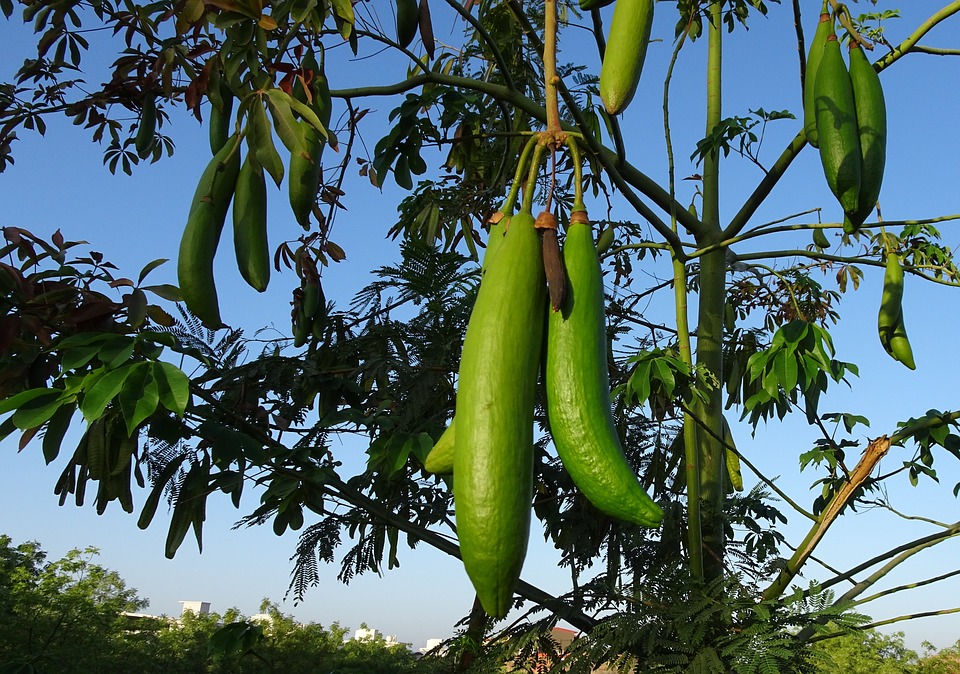
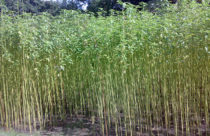 Jute is a natural fiber with golden and silky shine because of which also called as the golden fiber. It is one of the cheapest vegetable fibers obtained from the bast or skin of plant’s stem. Jute is mainly extracted from the stem of white jute plant (Corchorus capsularis) and from Tossa jute (C.olitorius).
Jute is a natural fiber with golden and silky shine because of which also called as the golden fiber. It is one of the cheapest vegetable fibers obtained from the bast or skin of plant’s stem. Jute is mainly extracted from the stem of white jute plant (Corchorus capsularis) and from Tossa jute (C.olitorius).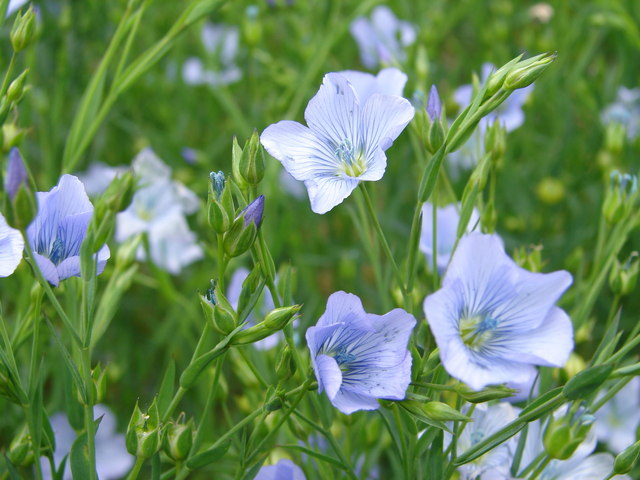
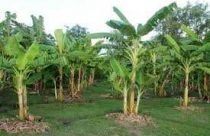 All varieties of banana plants have fibers in abundance that fall under bast fibers category. The fibers are collected after the fruit is harvested from the trunk of the banana plant (pseudostem), which usually is usually thrown as an agricultural waste.
All varieties of banana plants have fibers in abundance that fall under bast fibers category. The fibers are collected after the fruit is harvested from the trunk of the banana plant (pseudostem), which usually is usually thrown as an agricultural waste.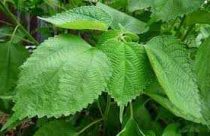 Ramie is one of the strongest natural fibers. It exhibits even greater strength when wet. Ramie fiber is known especially for its ability to hold shape, reduce wrinkling, and introduce a silky luster to the fabric appearance. It is not as durable as other fibers, and so is usually used as a blend with other fibers such as cotton or wool.
Ramie is one of the strongest natural fibers. It exhibits even greater strength when wet. Ramie fiber is known especially for its ability to hold shape, reduce wrinkling, and introduce a silky luster to the fabric appearance. It is not as durable as other fibers, and so is usually used as a blend with other fibers such as cotton or wool.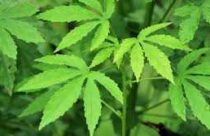 Kenaf fiber is a natural fiber extracted from Hibiscus cannabinus L. The kenaf trunks need to be retted in order to extract the fiber. Kenaf fiber possesses excellent tensile and flexural strength when compared with other natural fibers.
Kenaf fiber is a natural fiber extracted from Hibiscus cannabinus L. The kenaf trunks need to be retted in order to extract the fiber. Kenaf fiber possesses excellent tensile and flexural strength when compared with other natural fibers. Pineapple leaf fiber is one kind of fiber derived from the leaves of the pineapple plant. From a large selection of plant fibers, pineapple leaf fibers obtained from the leaves of pineapple plant of Josapine have the highest cellulose contents which make the fibers mechanically sound.
Pineapple leaf fiber is one kind of fiber derived from the leaves of the pineapple plant. From a large selection of plant fibers, pineapple leaf fibers obtained from the leaves of pineapple plant of Josapine have the highest cellulose contents which make the fibers mechanically sound.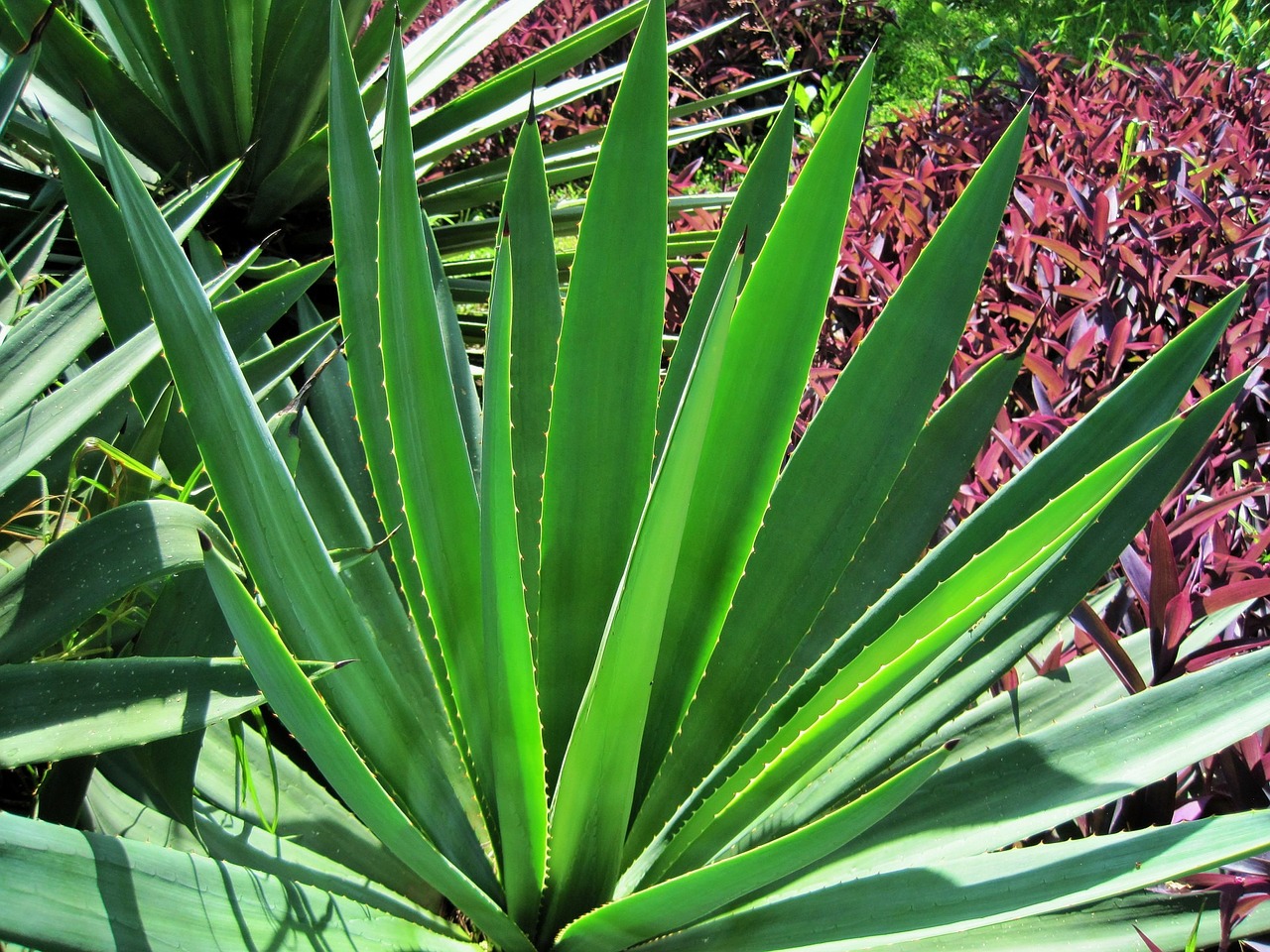
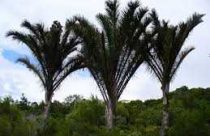 Raffia fibers are leaf fibers obtained raffia palms. Raffia fabrics are used for everyday garments or “ceremonial costumes” among some ethnic groups of Central Africa from the coast of the Gulf of Guinea.
Raffia fibers are leaf fibers obtained raffia palms. Raffia fabrics are used for everyday garments or “ceremonial costumes” among some ethnic groups of Central Africa from the coast of the Gulf of Guinea.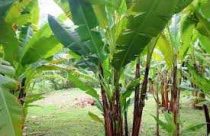 Abaca is a leaf fiber which belongs to the banana family of plants with more tapering the leaves than Banana and is cheap and abundantly available. Known as Manila Hemp Abaca is a hard fiber. Abaca is the strongest of all natural fibers.
Abaca is a leaf fiber which belongs to the banana family of plants with more tapering the leaves than Banana and is cheap and abundantly available. Known as Manila Hemp Abaca is a hard fiber. Abaca is the strongest of all natural fibers.
Wow Thanks! This is super clear.
Wow, superb weblog structure! How lengthy have you ever been blogging for? you made blogging glance easy. The overall glance of your site is wonderful, let alone the content!